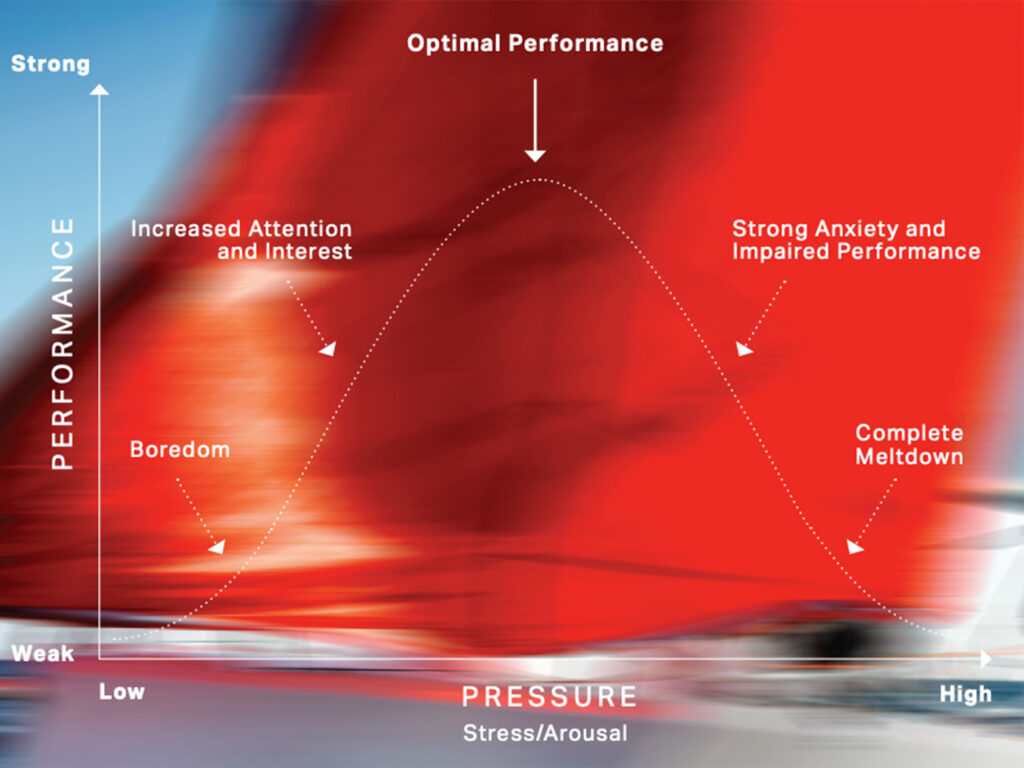
A Mindful Approach to Better Results
Good speed and smart tactics get us only so far. It’s the mental part that gets us over the humps.

Good speed and smart tactics get us only so far. It’s the mental part that gets us over the humps.
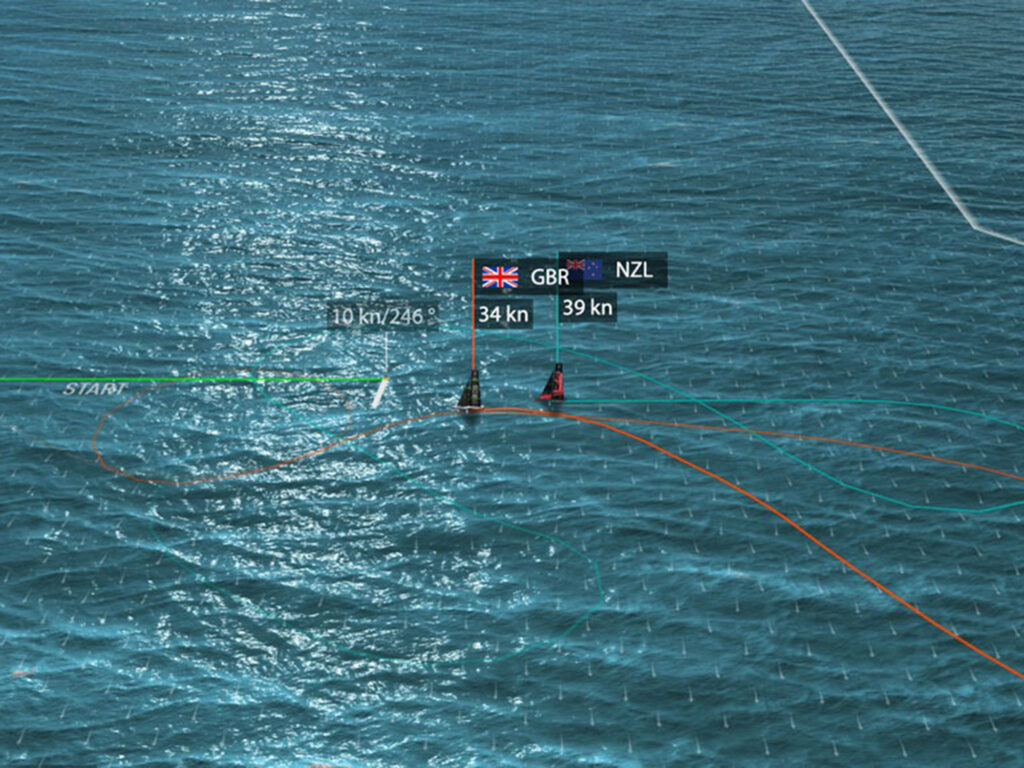
The Louis Vuitton 37th America’s Cup races in Barcelona are revealing predictable tactical patterns.

Clear comms between helm and tactician ensures that tactical situations play out as intended, and without surprise.
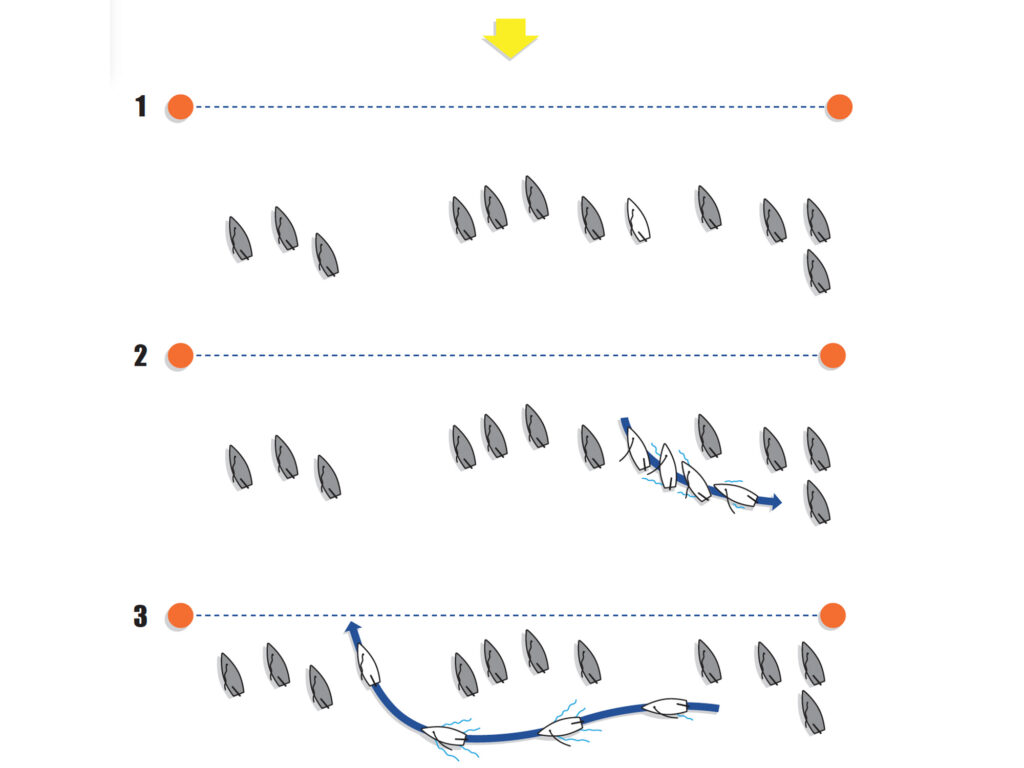
There are those who wait for a good start and those who take matters into their own hands.

With every tactical decision, there should be consideration given to how to gain, but when there’s an inevitable loss, the focus then is how best to minimize it.
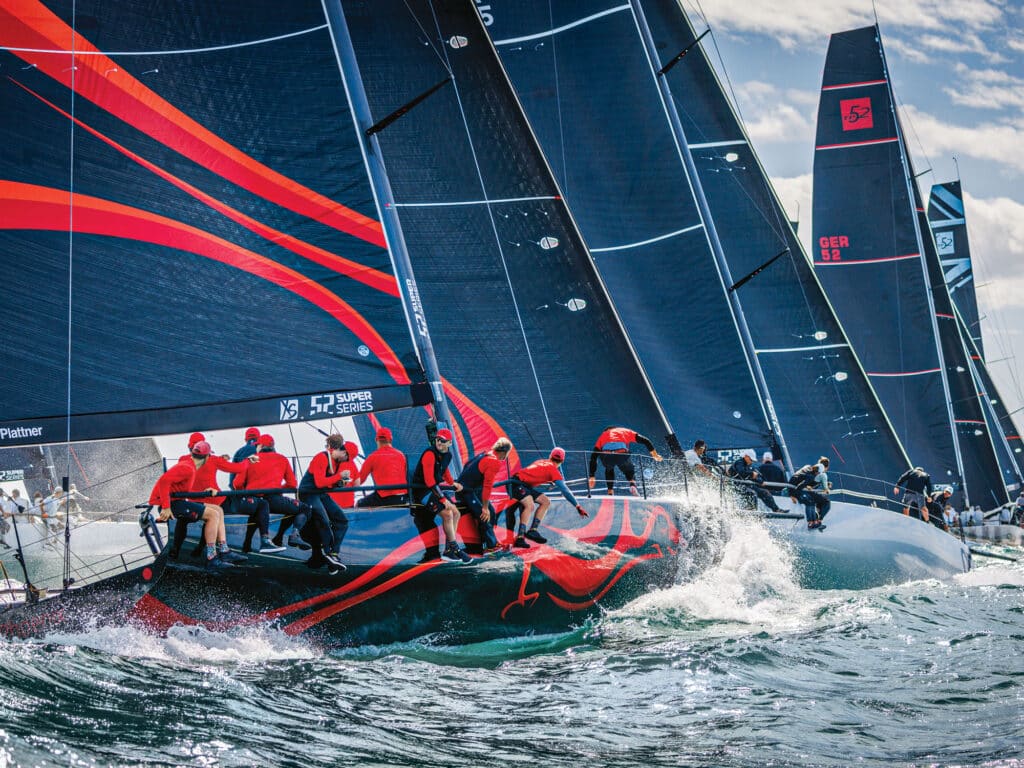
Monitoring and communicating your relative performance in a sailboat race is essential intelligence for your skipper and the speed team.
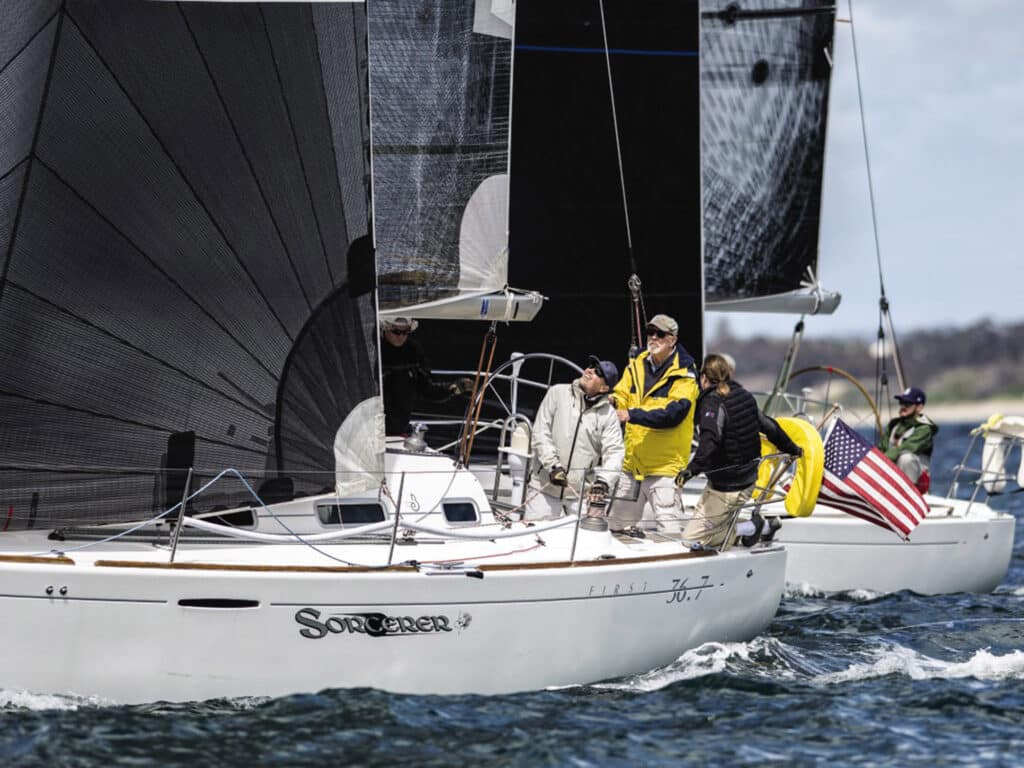
When the tactician has his or head in the game it’s essential to have someone “paint the picture” of what’s happening up the course and nearby.
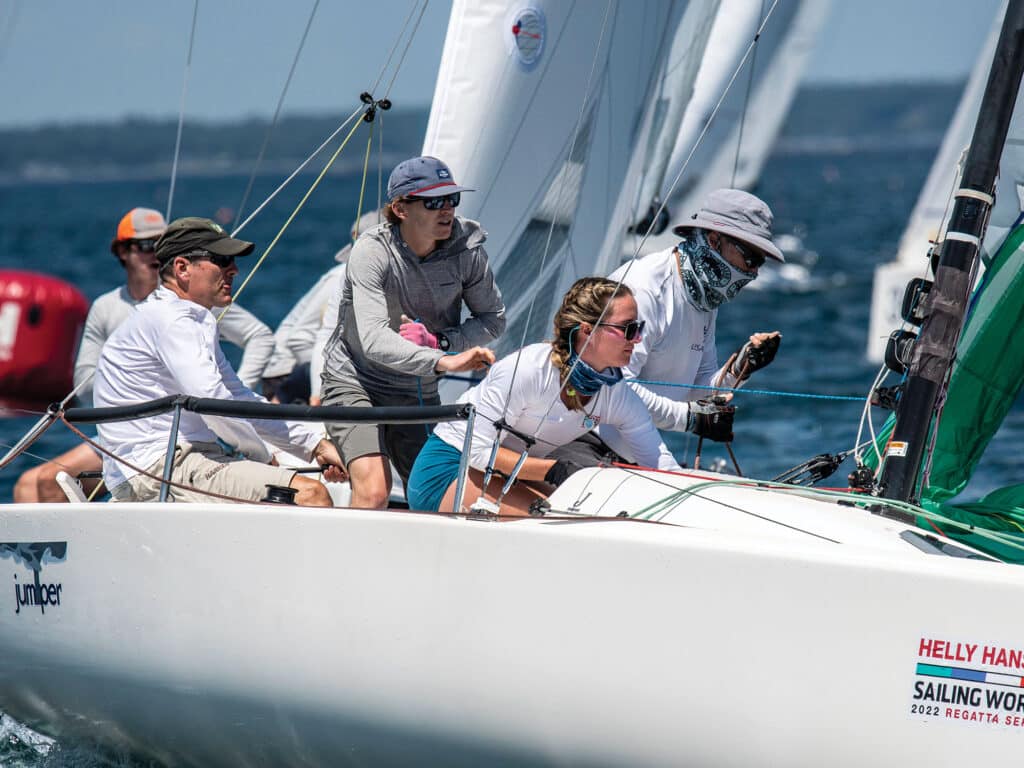
Want to be the best crew you can be? It’s easy and starts with a positive attitude and a commitment to improving.
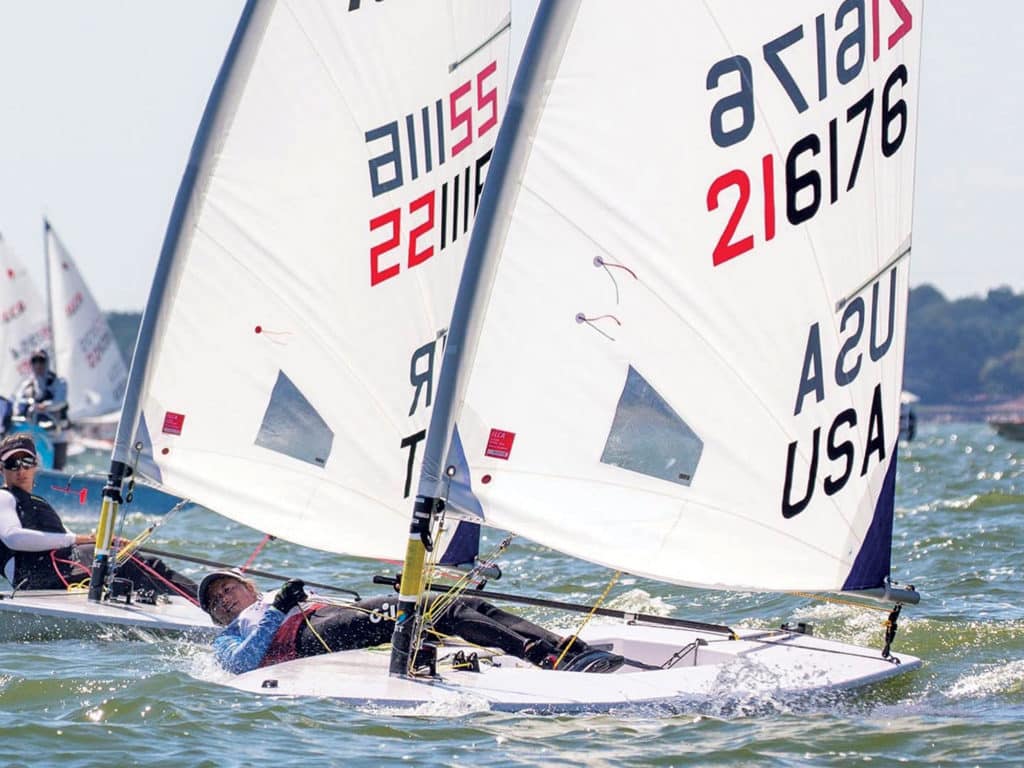
High mode, low mode or somewhere in between, there’s a faster way to get to the mark first. The key is shifting into the right mode at the right time.

When and how to duck? Mike Ingham explains the tactical nuances of a duck and how to execute it right.
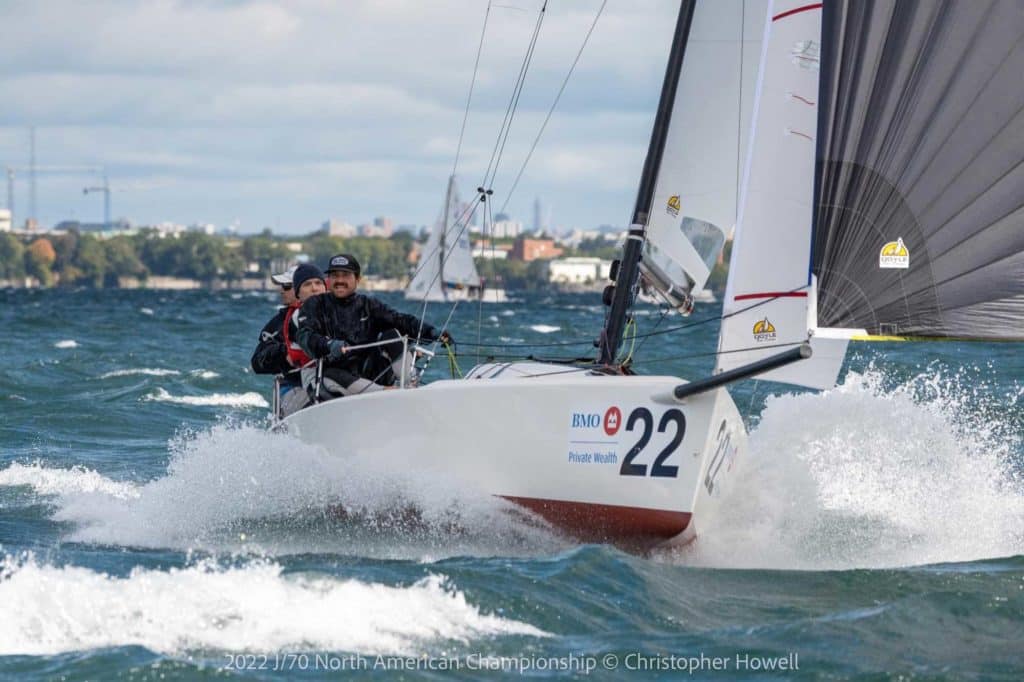
Getting into and out of the marks at top speed are the priority when planing conditions dictate your tactics. Plan ahead, keep it simple, and speed, speed, speed.
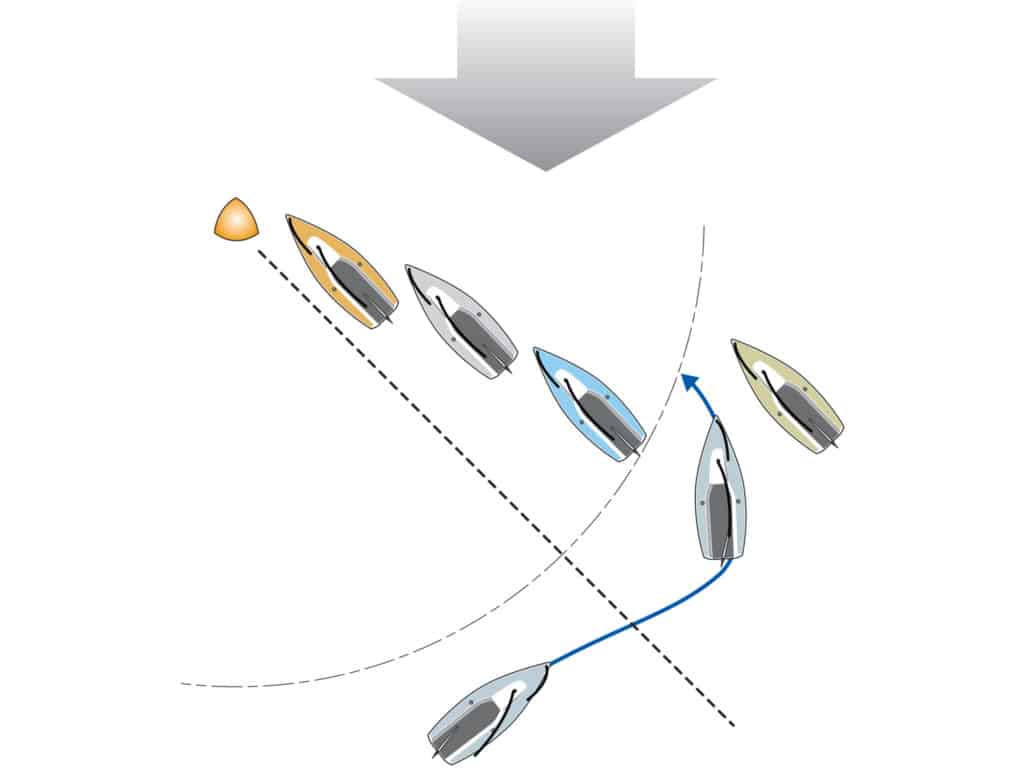
Windward-mark approaches and offset-mark exits should be part of your developing playbook of race-winning tactics. Do them well, and you’ll realize big gains.

Good speed and smart tactics get us only so far. It’s the mental part that gets us over the humps.

The Louis Vuitton 37th America’s Cup races in Barcelona are revealing predictable tactical patterns.

Clear comms between helm and tactician ensures that tactical situations play out as intended, and without surprise.

There are those who wait for a good start and those who take matters into their own hands.

With every tactical decision, there should be consideration given to how to gain, but when there’s an inevitable loss, the focus then is how best to minimize it.

Monitoring and communicating your relative performance in a sailboat race is essential intelligence for your skipper and the speed team.

When the tactician has his or head in the game it’s essential to have someone “paint the picture” of what’s happening up the course and nearby.

Want to be the best crew you can be? It’s easy and starts with a positive attitude and a commitment to improving.

High mode, low mode or somewhere in between, there’s a faster way to get to the mark first. The key is shifting into the right mode at the right time.

When and how to duck? Mike Ingham explains the tactical nuances of a duck and how to execute it right.

Getting into and out of the marks at top speed are the priority when planing conditions dictate your tactics. Plan ahead, keep it simple, and speed, speed, speed.

Windward-mark approaches and offset-mark exits should be part of your developing playbook of race-winning tactics. Do them well, and you’ll realize big gains.
Sign up for Sailing World emails to receive features on travel destinations, event listings and product reviews as well as special offers on behalf of Sailing World’s partners.
By signing up you agree to receive communications from Sailing World and select partners in accordance with our Privacy Policy. You may opt out of email messages/withdraw consent at any time.